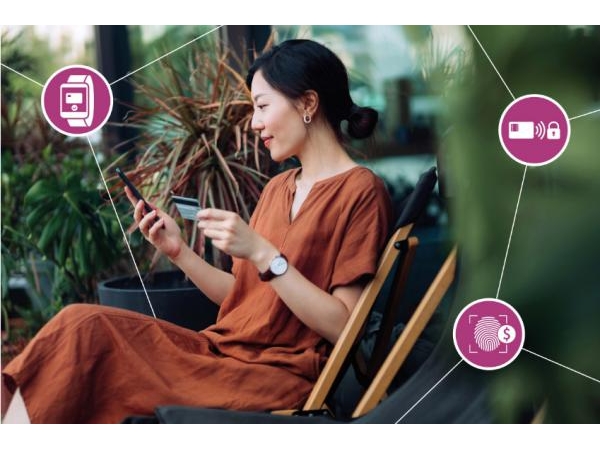Mobile payment, contactless payment, digital wallet and biometrics, which sounded more advanced years ago, have become a part of people‘s daily life. But looking ahead, how will payment methods change? Will cash and bank cards disappear from people‘s lives? How will this change people‘s daily life?

At IFA 2022, Infineon Technology Co., Ltd. (FSE code: IFX/OTCQX code: IFNNY) showed the important development trends of the payment industry in the next few years: digital wallet, payment through Internet of Things devices, and biometrics. As a long-term market leader in the field of digital security and payment, Infineon can provide a very comprehensive security chip product portfolio in the industry. Infineon‘s security chips are innovative, easy to integrate and highly scalable. With SECORA ™ Pay and SECORA ™ Connect product series, Infineon extends its core technology to a complete system level solution based on hardware and software for specific applications, helping to achieve reliable, convenient and secure payment methods.
Ioannis Kabitoglou, head of the digital security and identification product line of Infineon Technologies, said: "Users want to meet their daily needs with reliable and convenient payment methods." Globally, there is one security chip with Infineon in every two bank cards. Looking forward to the future, Kabitoglou said: "We hope that as many consumers and enterprises as possible can make digital payments through online devices worldwide. To achieve this vision, devices must be both easy to use and secure."
Simple, convenient and fast payment with biometric technology
In the retail industry today, about 82% of transactions are conducted through contactless payment. Both traditional bank cards, smart phones, watches, rings and other wearable devices can make contactless payments. They make payment more convenient and fast, especially during the epidemic prevention and control period, the use of non-contact payment is also more secure.
Contactless payment has become the norm. In addition, non-contact payment cards integrated with fingerprint sensors are also emerging. It is estimated that by 2024, there will be 60 million biometric payment cards with biometric sensors in the market.
However, the new biometric authentication method also brings more possibilities. Just as the Internet has completely changed people‘s shopping habits, the popularity of the Internet of Things (IoT) will spawn a variety of new networking devices that can be used for payment in the future. Biometric authentication technology will play an important role in ensuring payment security, and it will also provide convenience for users as much as possible. Today, consumers can buy goods in the car through fingerprint authentication. In the future, facial recognition may be more useful. When the user places an order through the smart speaker, the device can recognize the owner‘s voice and complete the order and payment, thus creating a seamless user experience.
Digital wallets and networking devices
In 2021, more than half of retail transactions will be conducted online, of which about 48% will be paid through digital wallet. Users can use the device they choose to pay easily and conveniently, while businesses can benefit from fast and secure transaction processing and lower fees.
Not only users, but also networked devices in the Internet of Things (IoT) will be able to initiate and process transactions. According to the report released by Juniper Research, by 2025, it is estimated that there will be about 2.7 billion networked smart home devices with payment function in the market. In the future, even if people do not give instructions through the voice control function of the smart speaker, the refrigerator can still order milk or pizza by itself. The smooth progress of all these transactions is attributed to the security chip integrated in the device.
Internet of Things payment also makes people‘s daily life outside the home more convenient. For example, more and more charging posts can identify electric vehicles and automatically process payments ("plug and play"). In addition, market researchers predict that the total amount of global in vehicle payments is expected to grow to 86 billion dollars by 2025.
Better user experience also puts forward higher requirements for security
Although technology has brought a new and more convenient shopping experience, it also puts forward higher requirements for the payment process. Remote payment and networking devices not only need to meet general device security requirements, but also need to effectively protect users‘ biometric information and personal privacy, save and provide transfer certificates, and ensure compliance with relevant laws and regulations when conducting dual identity authentication. It must take into account data protection, data security and equally important ease of use.
Infineon semiconductor chip is the core of digital payment and network payment solutions
Infineon provides EMV service for contactless payment card ® The certified security chip provides embedded security solutions for networked devices, and can provide sensor solutions to help achieve biometric functions. These products and solutions help banks, financial technology companies and bank card or device manufacturers provide consumers with a new, user-friendly way of transaction and payment.
|
Disclaimer: This article is transferred from other platforms and does not represent the views and positions of this site. If there is any infringement or objection, please contact us to delete it. thank you!
中恒科技ChipHomeTek
|
